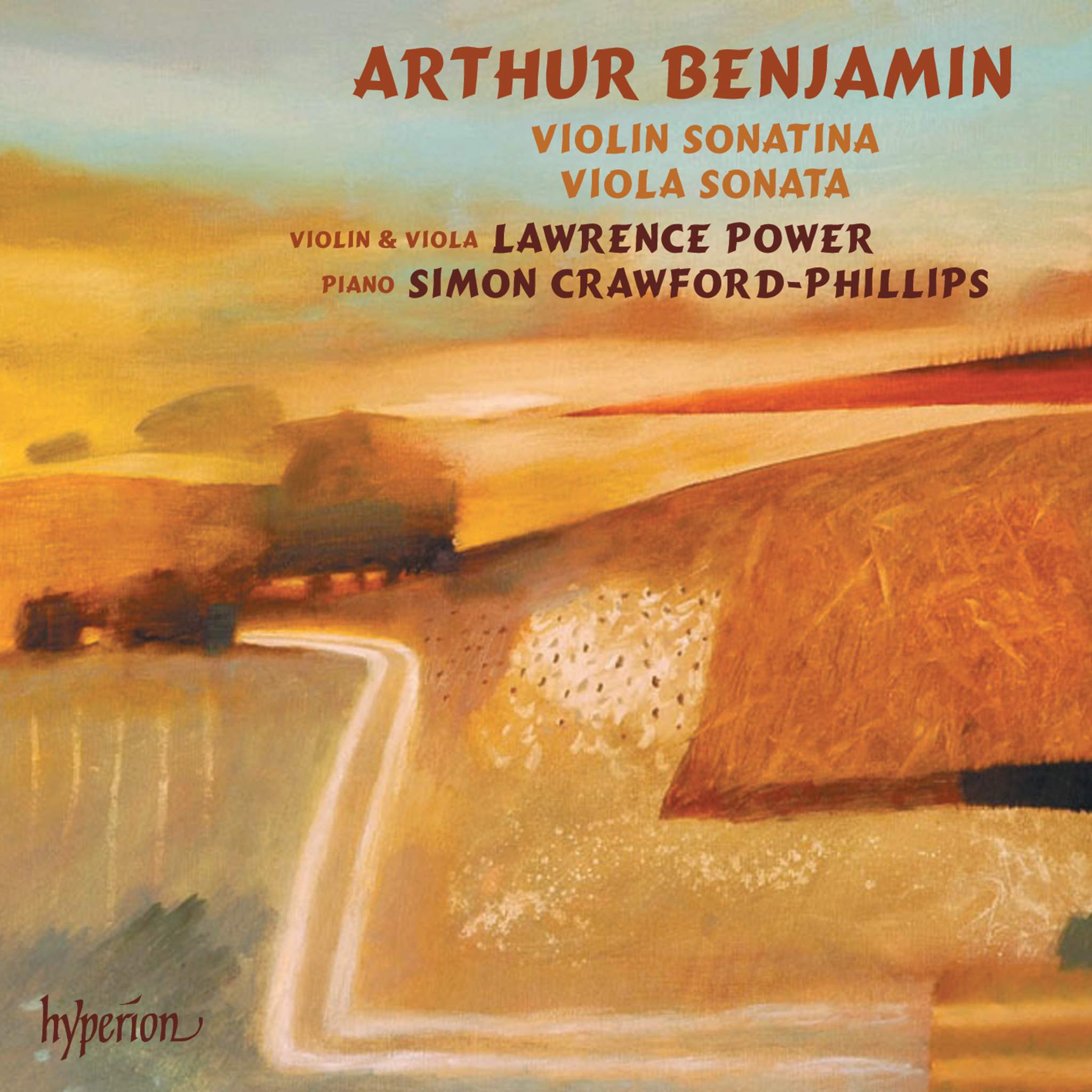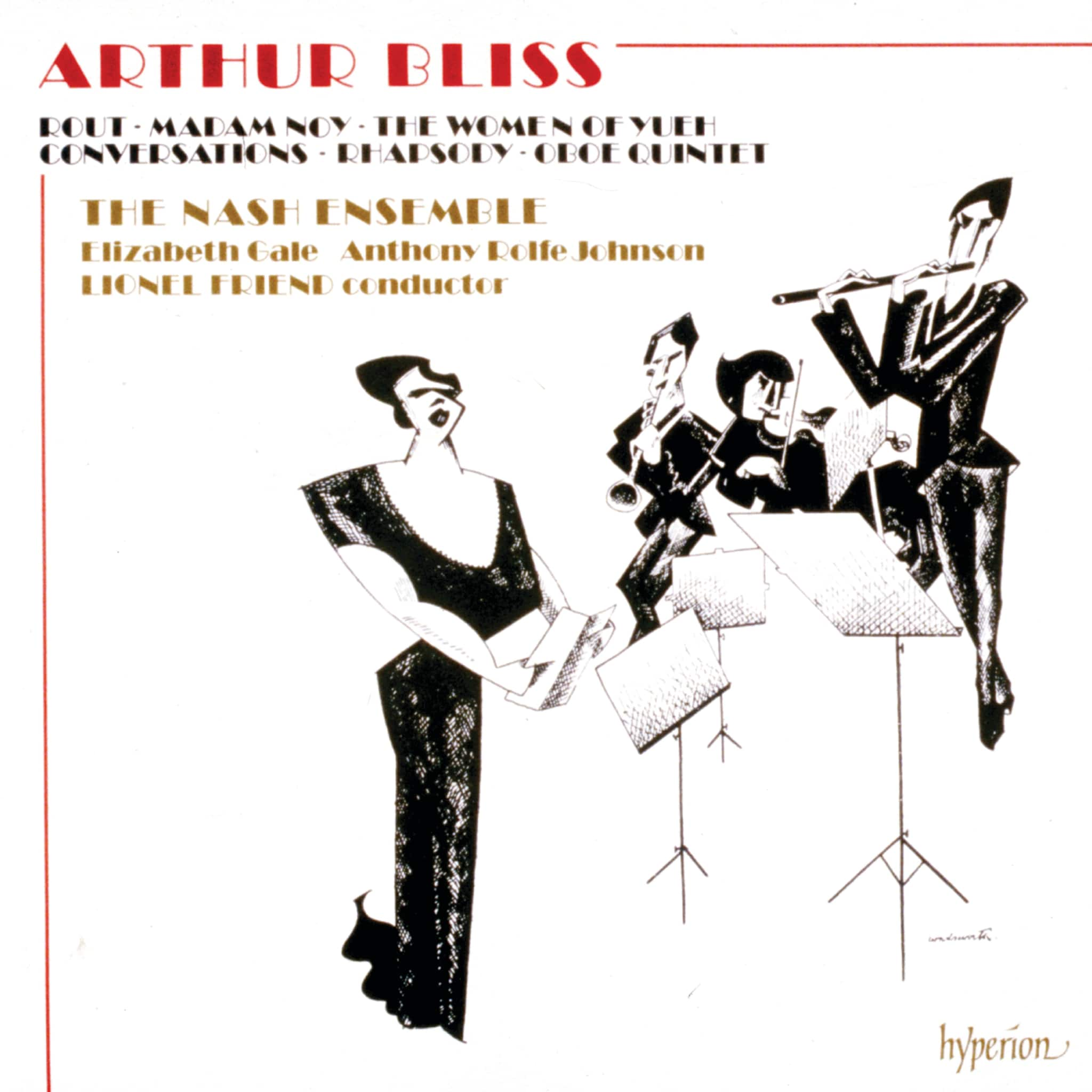Album insights
Der abschließende Teil dieser Serie stellt die kompletten Ungarischen Rhapsodien in ihrer endgültigen Form vor. Frühere Abschnitte beinhalten vorherige Versionen und alternative Kompositionen einiger Rhapsodien und verknüpfen unterschiedliche Elemente aus Liszts Schaffen.
Als Einleitung zu diesem Konzert wird die Serie der Solofassungen symphonischer Dichtungen mit Orpheus weitergeführt. Ein Liszt-Schüler namens Friedrich Spiro schuf zunächst die Transkription, welche Liszt vor der Veröffentlichung sorgfältig überarbeitete.
Die folgende Werkgruppe enthält fünf Transkriptionen in weniger bekannter Form. Die Orgel-Fantasie und Fuge in g-Moll, nach Bachs Original transkribiert, wird in ihrer ursprünglichen Fassung dargeboten. Im fünften Teil erscheinen Liszts Bearbeitungen von sechs polnischen Liedern Chopins.
Die Konzertfassung des Marche pour le Sultan Abdul Medjid-Khan ist im Abschnitt 40 enthalten. Von Rossinis La charité war die erste Fassung der Transkription für die Veröffentlichung vorgesehen.
Die Erstversion von Il penseroso wurde niemals publiziert, trägt jedoch dasselbe Motto wie die veröffentlichte Zusammenstellung. Ebenso enthalten ist die Konzertfassung des Marche funèbre aus dem dritten Heft der Années.
Unter den zahlreichen Albumblättern Liszts finden sich Stücke, die auf dem Hauptthema der Première Ballade aufbauen. Auf der zweiten CD befindet sich die Klaviertranskription einer symphonischen Dichtung von Ludwig Stark.
Zusätzlich werden weitere Stücke mit Bezügen zu Rossini präsentiert. Die Sammlung schließt mit der Originalfassung des Grande Valse di bravura.








